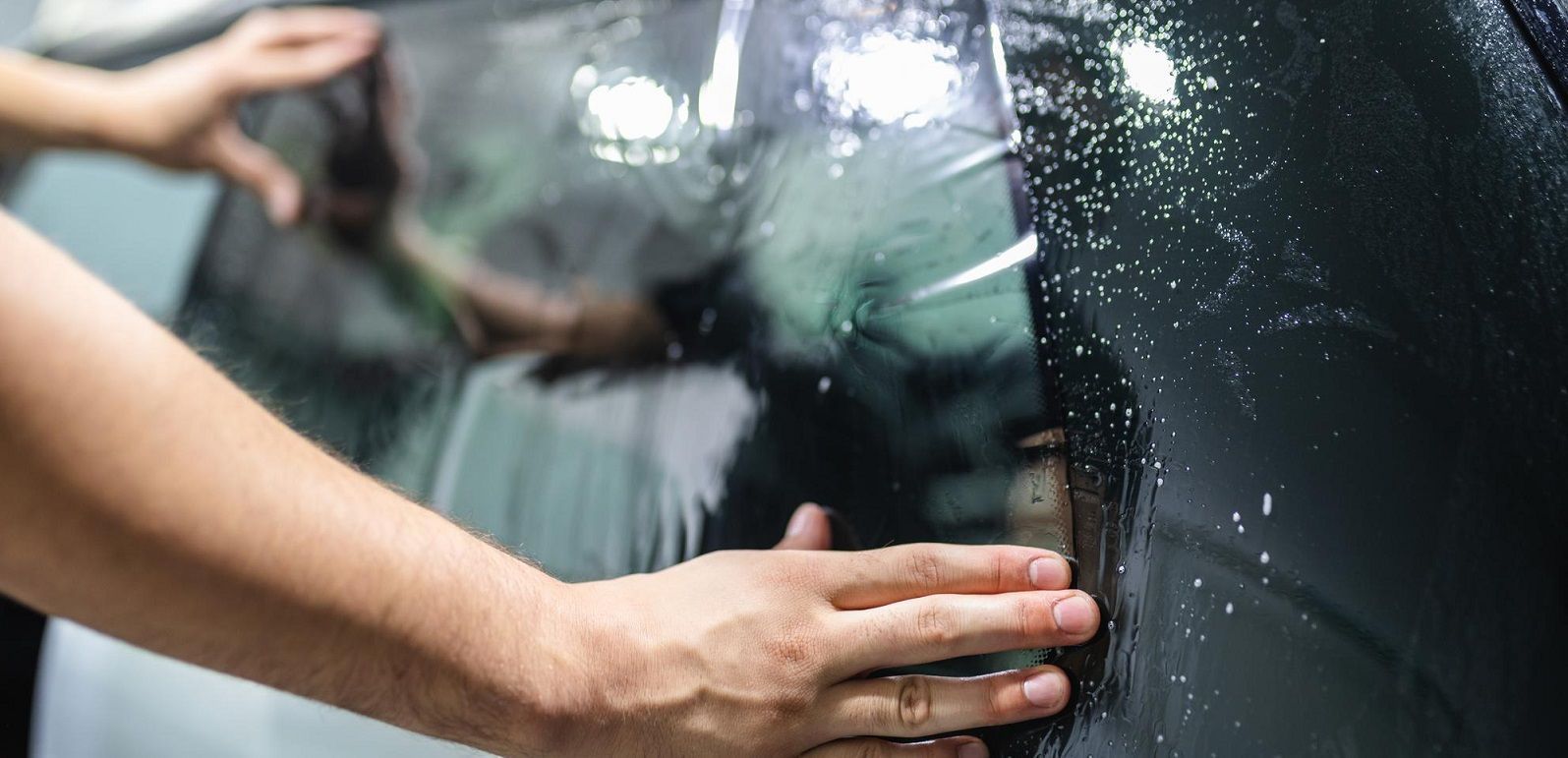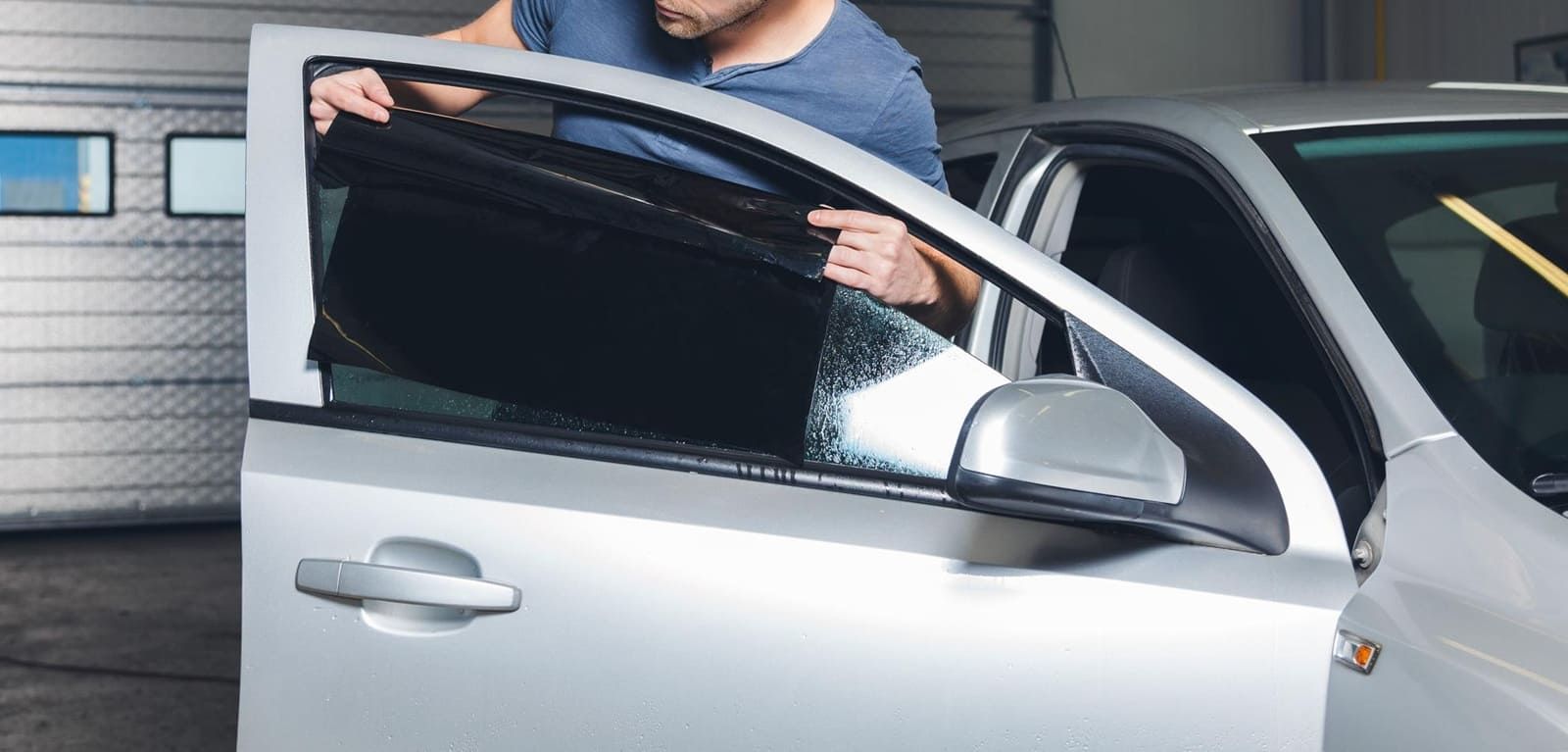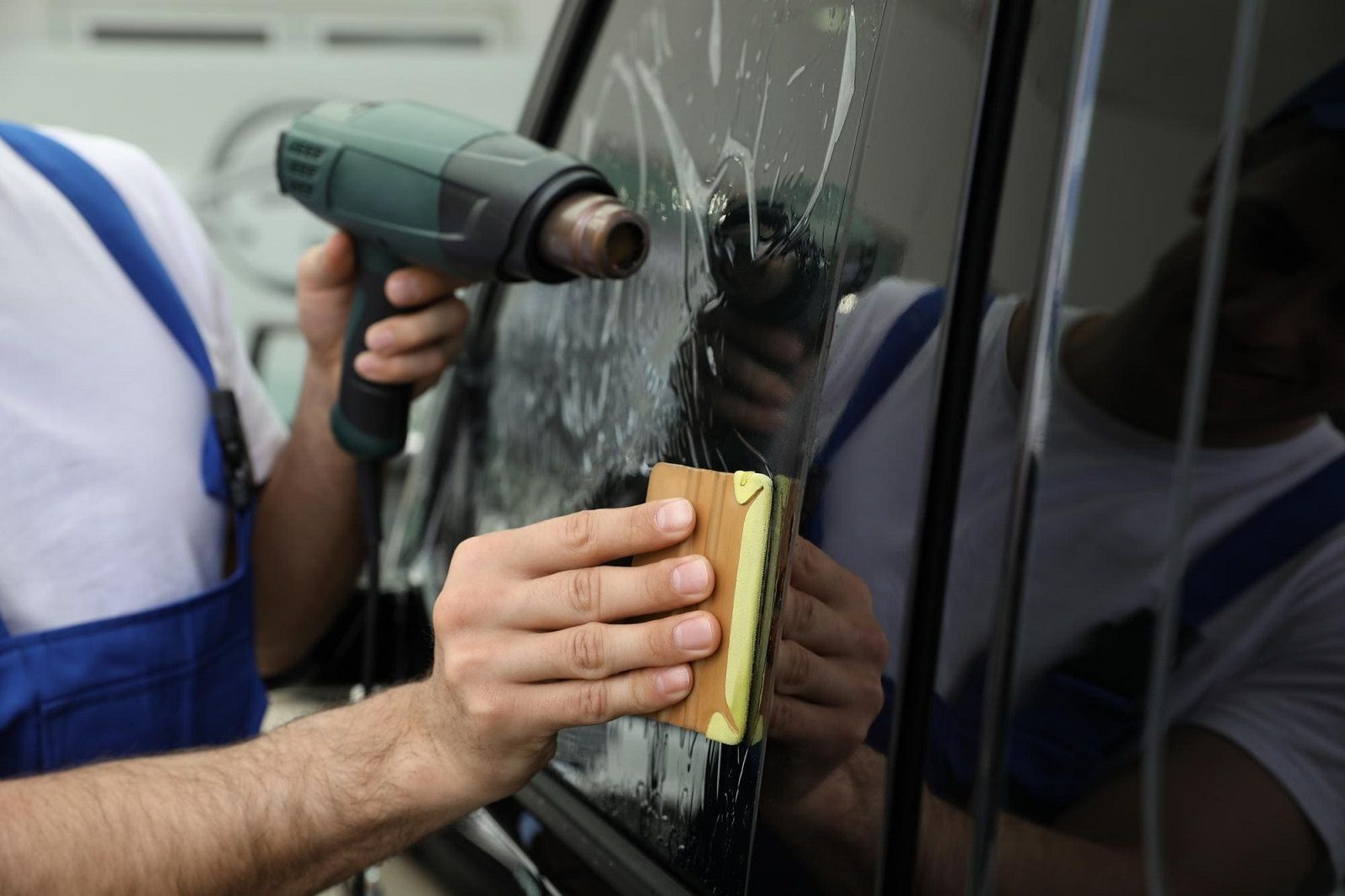Window Tint Care: Avoiding Fading Issues
Tinted windows not only add a sleek and modern look to your vehicle, but they also provide essential benefits such as privacy, UV protection, and heat reduction. They enhance the driving experience by reducing glare and helping to maintain a comfortable temperature inside your car. However, maintaining the appearance and functionality of window tints requires proper care. This guide will provide you with practical tips on after-window tint care to prevent fading and extend the life of your window tint, ensuring that you continue to enjoy these benefits for years to come.

Understanding Window Tint
Before diving into care tips, it's crucial to understand what window tint is and how it functions. Window tint is a thin film applied to the interior of your car's windows, designed to enhance the vehicle's aesthetics and performance. Made of durable polyester, this film comes in a variety of shades, from clear to dark, allowing you to choose the level of privacy and style that suits your preferences.
The primary function of the film is to reflect or absorb light, which significantly reduces glare and heat inside the vehicle. This not only enhances comfort but also decreases the reliance on air conditioning, potentially improving fuel efficiency. Moreover, high-quality tints have the added benefit of blocking harmful UV rays, offering protection to both your car's interior, preventing fading and cracking of upholstery, and your skin, reducing the risk of UV-related health issues.
Why Does Window Tint Fade?
Window tint can fade over time due to several factors, including exposure to sunlight, poor quality tint, and improper care. The sun's UV rays are the primary culprit, as they can break down the dye in the tint film, causing it to lose its color. Additionally, environmental factors such as humidity and extreme temperatures can further accelerate the fading process, particularly if the tint is of low quality.
Factors Contributing to Fading
UV Exposure: Constant exposure to sunlight can degrade the dye in the tint. The intensity and duration of sun exposure directly affect how quickly the tint fades, making it crucial to minimize sun exposure whenever possible.
Quality of Tint: Lower-quality tints are more prone to fading. Investing in a high-quality tint is essential as these tints are often made with better materials that resist fading and offer superior UV protection.
Improper Cleaning: Using the wrong cleaning products can damage the tint film. Harsh chemicals and abrasive materials can scratch or peel the tint, leading to premature deterioration.
Understanding these factors can help you take the necessary steps to protect your tint from fading. By recognizing the causes, you can adopt preventative measures that will prolong the life and appearance of your window tint.
How to Care for Your Window Tint
Proper maintenance is key to preventing fading and ensuring your window tint lasts as long as possible. With a little attention and the right techniques, you can keep your tinted windows looking as good as new for years. Here are some essential tips for car window tinting care.
Wait Before Rolling Down Your Windows
After getting your windows tinted, it's important to wait at least a few days before rolling them down. This waiting period allows the tint film to fully adhere to the window glass, which is crucial for a seamless finish. Rolling down the windows too soon can cause the edges of the tint to peel or bubble, leading to unsightly imperfections that are difficult to fix without professional help.
Choose the Right Cleaning Products
When it comes to cleaning your tinted windows, not all products are created equal. Avoid using ammonia-based cleaners, as they can damage the tint film. Ammonia can break down the adhesive and cause the tint to peel, as well as cause discoloration over time. Instead, opt for a mild soap and water solution or a cleaner specifically designed for tinted windows. These products are formulated to clean effectively without compromising the integrity of the tint.
Use a Soft Cloth or Sponge
To avoid scratching the tint film, always use a soft cloth or sponge when cleaning your windows. Microfiber cloths are an excellent choice because they are gentle on the surface and do not leave lint behind. A soft sponge can also be effective, especially for larger windows, as it covers more surface area while minimizing the risk of scratching.
Clean Your Windows Regularly
Regular cleaning prevents dirt and grime from building up on the tint film. Over time, accumulated dirt can become abrasive, leading to scratches and damage. Make it a habit to clean your windows at least once a month, or more frequently if you notice any buildup. Regular maintenance not only keeps your windows looking pristine but also extends the life of the tint.

Protecting Your Tint from Sun Damage
Sun exposure is one of the leading causes of window tint fading. By taking proactive measures, you can significantly minimize sun damage and preserve the appearance of your tint. Here are some tips to keep your tint looking new.
Park in the Shade
Whenever possible, park your car in the shade or in a garage to minimize direct sun exposure. This simple step can significantly reduce the risk of fading and prolong the life of your tint. In urban areas where shaded parking is scarce, consider using car covers as an alternative to protect your vehicle from the sun.
Use a Sunshade
Using a sunshade on your windshield can help block UV rays from entering your car. It not only protects your tint but also keeps your car's interior cooler, reducing the strain on your air conditioning system. Sunshades are an affordable and effective solution to prevent fading, and they come in a variety of sizes and designs to fit any vehicle.
Consider UV-Blocking Film
If you live in an area with intense sunlight, consider investing in a window tint with UV-blocking properties. These tints are designed to block a higher percentage of UV rays, providing better protection against fading. UV-blocking films are a worthwhile investment as they offer enhanced durability and can be tailored to meet specific regional needs based on sun exposure levels.
Dealing with Fading Issues
If you notice that your window tint is fading, it's essential to address the issue promptly to prevent further damage. Ignoring fading can lead to further deterioration, making it more challenging and costly to fix.
Replacing Faded Tint
Once window tint starts to fade, it cannot be restored to its original state. The best solution is to have the tint professionally removed and replaced. Choose a high-quality film for the replacement to ensure it lasts longer and performs better. Professional installation guarantees a smooth finish and optimizes the performance of the new tint.
Regular Inspections
Perform regular inspections of your window tint to catch any signs of fading early. Look for areas where the color appears lighter or uneven. Early detection can help you decide when it's time to replace the tint and prevent damage to your car's interior that can result from excessive UV exposure.
Professional Maintenance
Consider scheduling regular maintenance with a professional to ensure your tint is in good condition. Professionals can provide additional care tips and recommend the best products for maintaining your window tint. They can also assess any damage and provide timely solutions to prevent further deterioration.
Conclusion
Caring for your window tint is essential to prevent fading and extend its lifespan. At ShadowFilms Window Tinting in Nampa, ID, we help you follow these tips and invest in high-quality tint to enjoy the benefits of tinted windows for years to come. Regular cleaning, protecting your car from excessive sun exposure, and choosing the right products will keep your tint looking its best.
With the right care from ShadowFilms Window Tinting, your window tint will continue to provide privacy, UV protection, and a stylish look for your vehicle. Taking the time to maintain your tint not only preserves its aesthetic appeal but also enhances the overall value and comfort of your car. Contact us today for a free estimate and let our trusted team help you maintain and protect your vehicle with our top-tier window tinting services.






BUSINESS HOURS
Monday - Friday: 9am to 5pm
Saturday: 9am to 4pm
Sunday: CLOSED

All Rights Reserved | ShadowFilms Window Tinting





